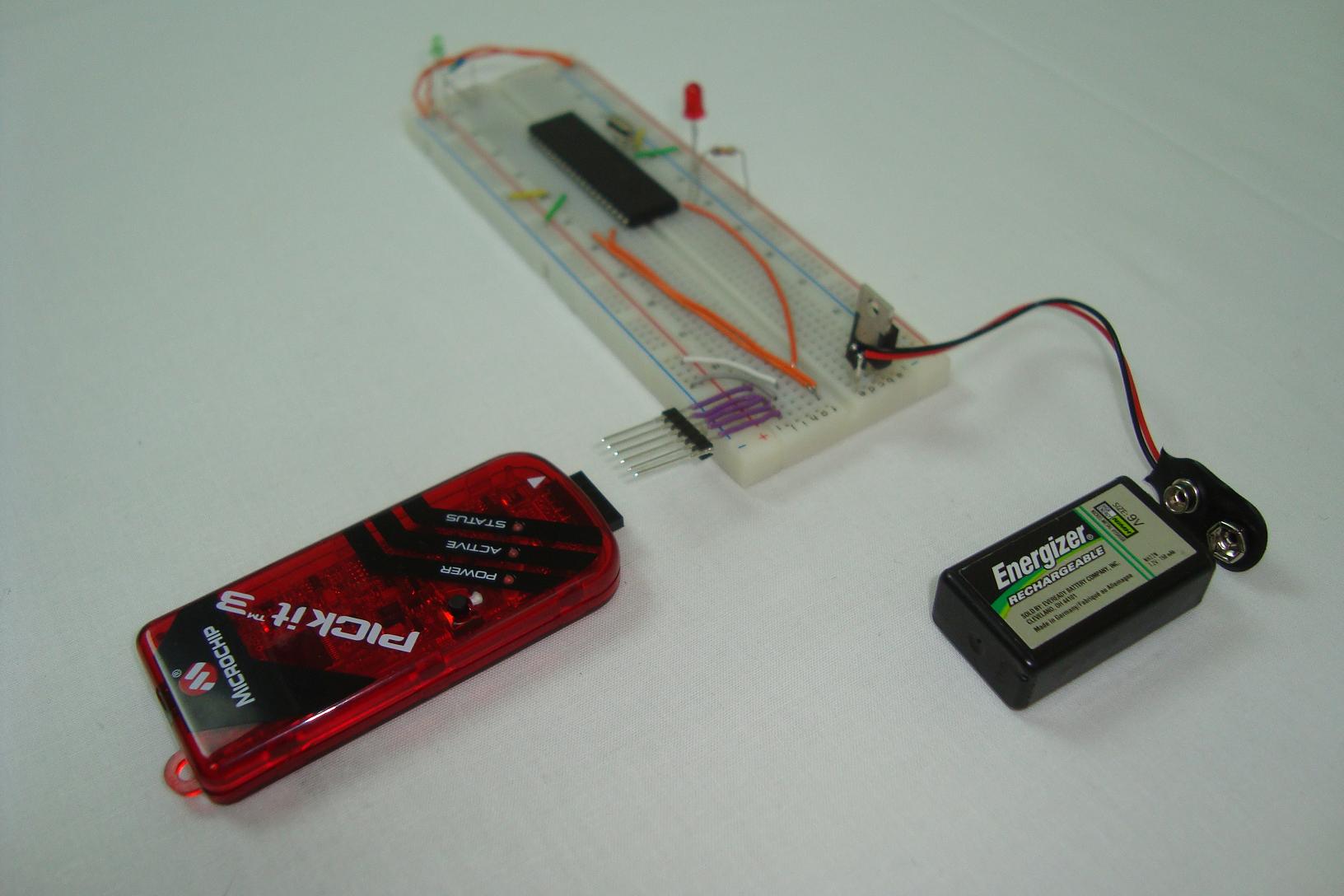
- #Pickit 3 firmware update install
- #Pickit 3 firmware update upgrade
- #Pickit 3 firmware update software
- #Pickit 3 firmware update code
Next, go to the DFU tab and select the firmware file. The Lora Suite is awesome, it will take me some time until I test all of these cool features.

#Pickit 3 firmware update software
The Windows variant of the Lora Suite recognised the device right away:Īpparently there’s a reason for the big size of the software package, you get tons of feature for testing and configuring the RN modules. Here’s a quick test via Putty, just to see the output of “sys get ver”, but done after the upgrade:
#Pickit 3 firmware update install
I had to install the Windows version of the Lora Development suite, in a virtual machine running on MacOS, and have the USB port virtualised to the Windows Environment so the software could talk to the RN module via the USB2UART adapter. Add this to the fact that the MacOS variant won’t discover the RN module no matter what how many times I pressed the “Find Devices” button: Initially I was a bit disappointed by the enormous size of this software package, since I only wanted a tool to send the “sys eraseFW” command then push the next firmware bytes down the UART link. Microchip provides a comprehensive software package that will do the job, named the “Lora Development Suite”, available for Windows, Linux and MacOS. So I only needed a simple UART2USB adapter, I used one based on CH340G, but you can find many alternatives here. The board hosting the RN2903 already had a pin header with UART connections RX/TX, VCC and GND exposed.
#Pickit 3 firmware update upgrade
I went for this one and tested the upgrade on a RN2903, already installed in circuit on an uRADMonitor A3 PCB We can use the DFU feature of the RN modules and burn the software via the UART, using the existing bootloader installed in these devices. We are interested in upgrading the firmware running on the PIC18LF microcontroller to the latest software developed by Microchip.

Both firmware zip files contain a “combined” HEX that is bigger in size, and an “offset” HEX slightly smaller. Later versions will be published on the product webpage, right under Documentation / Software ( RN2493 / RN2903). You can find them on the Microchip website, here’s v1.0.3 firmware for the RN2483 and this other location holds the v1.0.3 firmware for RN2903. RN2903 Command reference User’s guide Download the new firmware On the RN2903 the PA_BOOST pin is used to get +20dBm, there’s a RF Switch and two band-pass filters. Architectureīoth modules are a combination of a Semtech SX1276 transceiver and a PIC18LF microcontroller:įor the RN2483 there’s a 32MHz crystal, PA_BOOST unused, shared TX and RX network topology, 32KHz crystal. Before that happens, let’s take advantage of what is available now, and see how we can upgrade the firmware on these modules for the latest features and fixes.

#Pickit 3 firmware update code
Probably things will change to the bright side when Microchip will release the source code for the two. While LoRaWAN technologies have seen an impressive recent boost and Microchip’s modules are among the first on the market, the number of entries in the firmware release notes is rather low, despite huge community interest. I used the RN2483 in my first LoRaWAN project, some time ago. The RN2483 is intended for the 433 MHz and 868 MHz Frequency Bands (Europe), while the RN2903 is for the 915 MHz Frequency Band (US, Taiwan). The Microchip RN2483 and the RN2903 are Low-Power Long Range LoRa® Technology Transceiver Modules, in the same package and Pin compatible.


 0 kommentar(er)
0 kommentar(er)
